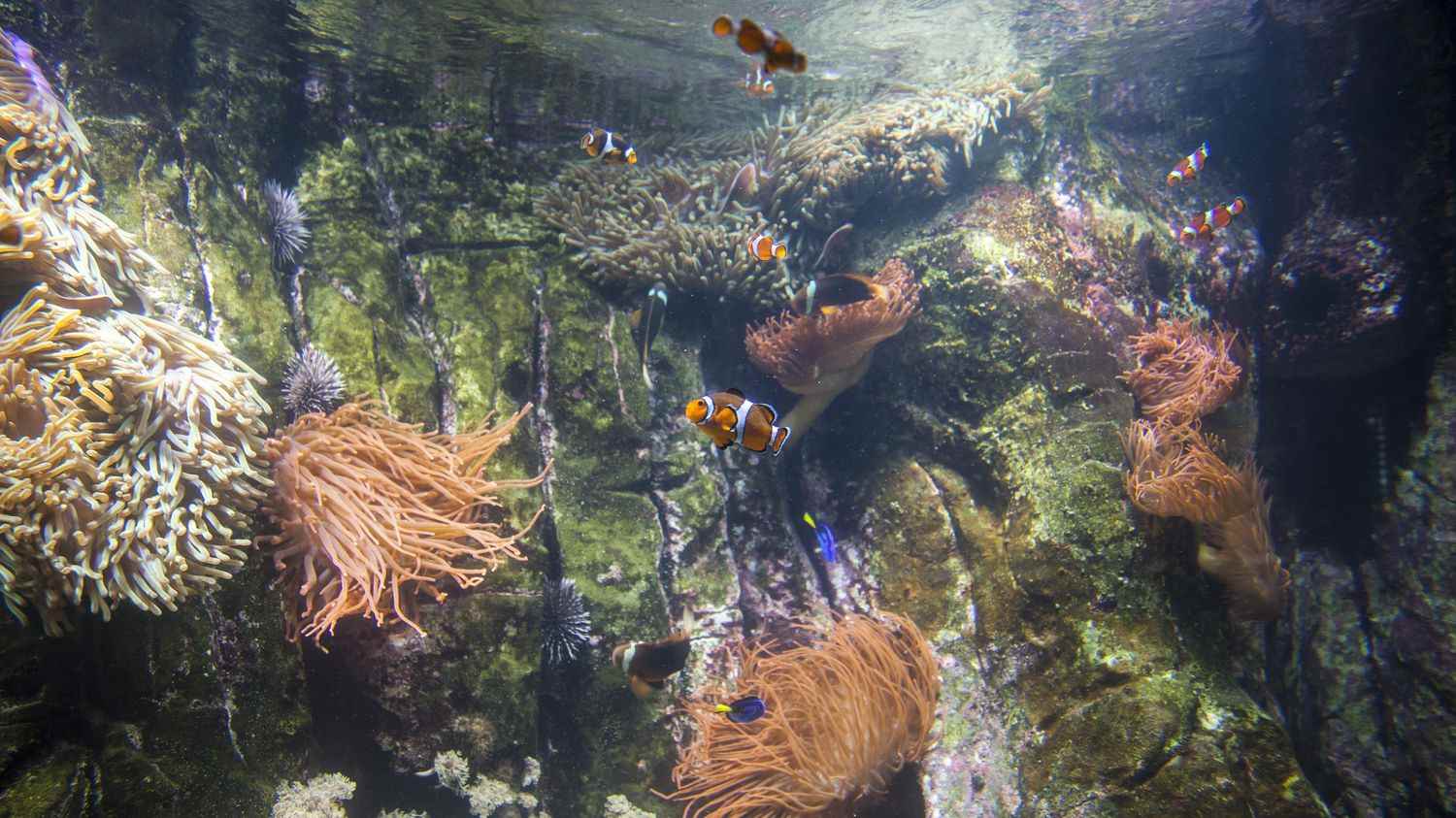French scientists from Ifremer sampled cold-water corals at a depth of 800 meters in the Atlantic. They go fromeI was able to study them in pressurized aquariums.
Article written by
Published
Reading time : 1 min.
Cold-water corals are less known than tropical corals, but they play, in our latitudes, an ecological role that is just as important as their cousins in warm seas. They serve in particular as a shelter for all kinds of micro-organisms and fish such as monkfish, redfish or emperor. During a month-long sea expedition, these cold-water corals were collected by scientists from Ifremer, the French research institute for the exploitation of the sea.
They were found in a canyon in the Bay of Biscay, 800 meters deep. At this point, you have to stack more than two Eiffel Towers to reach the surface. It’s dark and the pressure is high. It was therefore with the help of a high-tech robot weighing almost five tons that they were collected. This Victor 6000 robot was piloted from the surface by two technicians who, using cameras and mechanical arms, had to gently grasp the corals and place them in a basket, all while fighting against the currents.
There was a first scientific achievement in bringing them back to earth, alive. Now, another challenge: these water corals, which have been placed in pressurized aquariums unique in the world, at the Océanopolis center in Brest, will be studied for five years, so that we can anticipate their adaptation to global warming.
The researchers will therefore vary the temperature and the acidification of the aquarium and then see what happens. “They hope to understand how the life expectancy of these corals could change in the coming decades”explains Julie Tourolle, engineer at Ifremer.
Finally, we know little about the adaptability of these animals. We know that skeletons of these cold-water corals end up in the nets and that the colonies that used to live 500 meters deep no longer exist. We now find them 300 meters lower. The first results of this work will be known in 2023.
